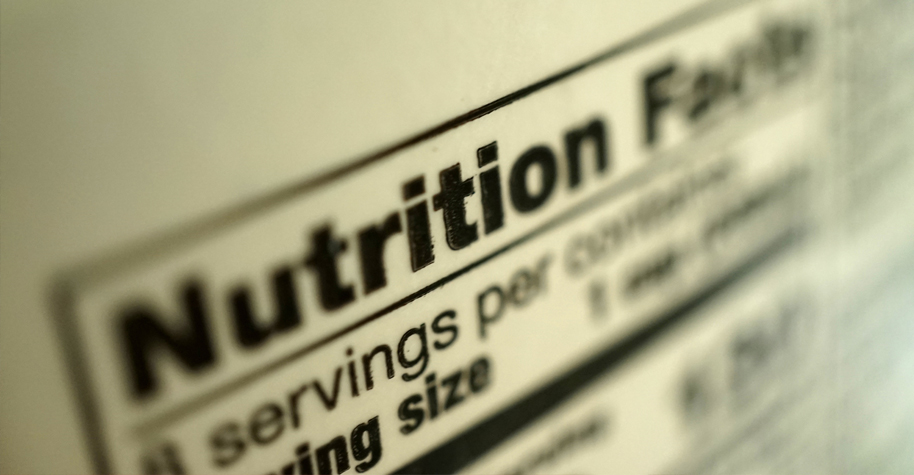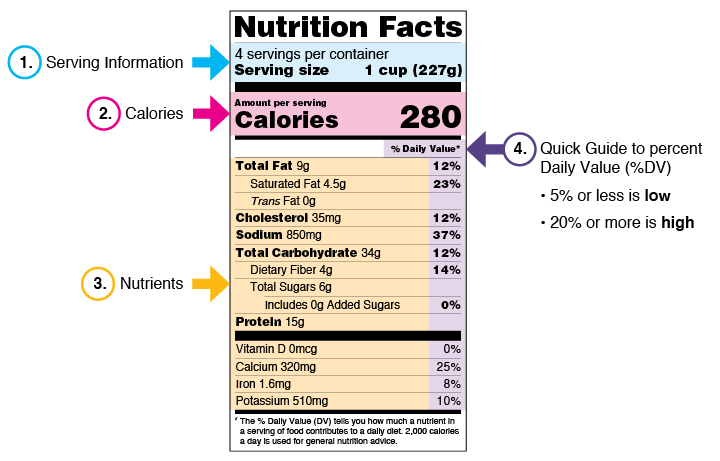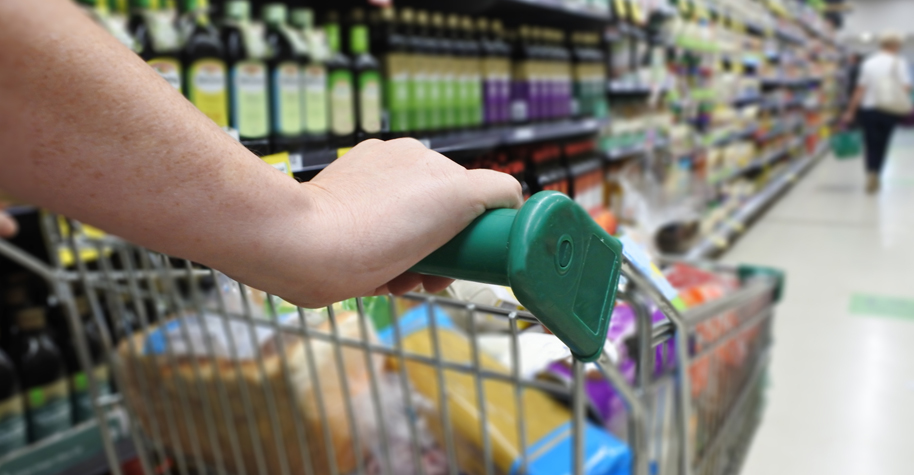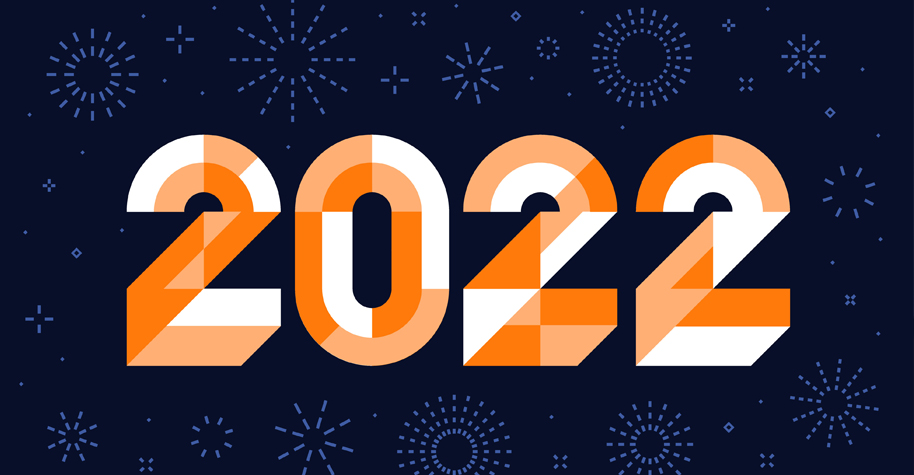
Late December is a good time to reflect on the happenings of the past 12 months.
The Center for Preparedness and Response (CPR) published 26 posts to the Public Health Matters blog in 2022. The posts explored various topics related to personal and public health preparedness. All were written with the intention of helping readers build individual resilience to emergencies, including disease outbreaks and natural disasters.
Here are some of our favorites.
10 Questions to Ask Your Pharmacist

Pharmacists are trained to help you manage and improve your health every day. They can give you patient-centered answers to questions on many topics, including emergency preparedness.
This post suggests 10 questions you might ask your pharmacist. Some questions you might ask your pharmacist include
- How do I prepare an emergency supply of medicines?
- How do I keep medicines cold during a power outage?
- How do I safely dispose of expired, unwanted, unused, or damaged prescription medicines?
The answers to these and other questions can help you prepare for emergencies.
Prep Your Health with Advance Care Planning
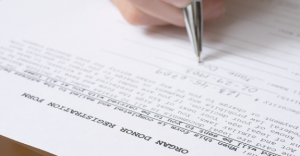 Preparedness isn’t a prediction of the future. There’s no guarantee that you’ll need advance care planning. You may never need others to make healthcare decisions on your behalf.
Preparedness isn’t a prediction of the future. There’s no guarantee that you’ll need advance care planning. You may never need others to make healthcare decisions on your behalf.
Advanced directives, including living wills, are legal documents that go into effect only if you are incapacitated and unable to speak for yourself. They relieve family members from wondering if they “did the right thing” on your behalf.
This post suggests ways you can plan for personal health emergencies that can leave you incapable of making decisions for yourself.
Good Cents: Prep Your Finances for Emergencies
 Emergencies—especially when multiple occur at the same time—can test your ability to financially respond and recover.
Emergencies—especially when multiple occur at the same time—can test your ability to financially respond and recover.
The financial shock of an emergency—however minor—can affect you, your family, and your community. Research suggests that people who struggle to recover from a financial shock have less savings to help protect against a future emergency. They may rely on credit cards or loans, which can lead to debt. They may also pull from other savings, like retirement funds, to cover these costs.
This post suggests ways you can financially prepare for emergencies. A no-cost way to do that is to use the Consumer Financial Protection Bureau’s “Your Disaster Checklist” to help you keep track of account numbers, valuables, and more.
Arizona Creates ASL Glossary of Emergency Management Terms
 People who are Deaf and hard of hearing can struggle to access information in their daily lives, to say nothing of the difficulties they can face during an emergency.
People who are Deaf and hard of hearing can struggle to access information in their daily lives, to say nothing of the difficulties they can face during an emergency.
This post highlights the work done by the Arizona Department of Emergency and Military Affairs and the Arizona Department of Health Services to improve access to information during emergencies. They created an American Sign Language (ASL) glossary of emergency management terms. The glossary is used by the Deaf and hard-of-hearing community and certified ASL interpreters to communicate emergency information during a disaster.
3 Ways to Improve Your Food Label Literacy
 Canned goods are an emergency preparedness staple. And for good reason. They are reasonably affordable, require little to no preparation, and have a long shelf life.
Canned goods are an emergency preparedness staple. And for good reason. They are reasonably affordable, require little to no preparation, and have a long shelf life.
This post suggests ways you can improve your food label literacy. Knowing how to read food labels is a practical skill that can help you avoid food allergens, reduce sodium and sugar in your diet, reduce food waste, and better manage your emergency food supply.
Thanks in advance for your questions and comments on this Public Health Matters post. Please note that CDC does not give personal medical advice. If you are concerned you have a disease or condition, talk to your doctor.
Have a question for CDC? CDC-INFO (http://www.cdc.gov/cdc-info/index.html) offers live agents by phone and email to help you find the latest, reliable, and science-based health information on more than 750 health topics.
